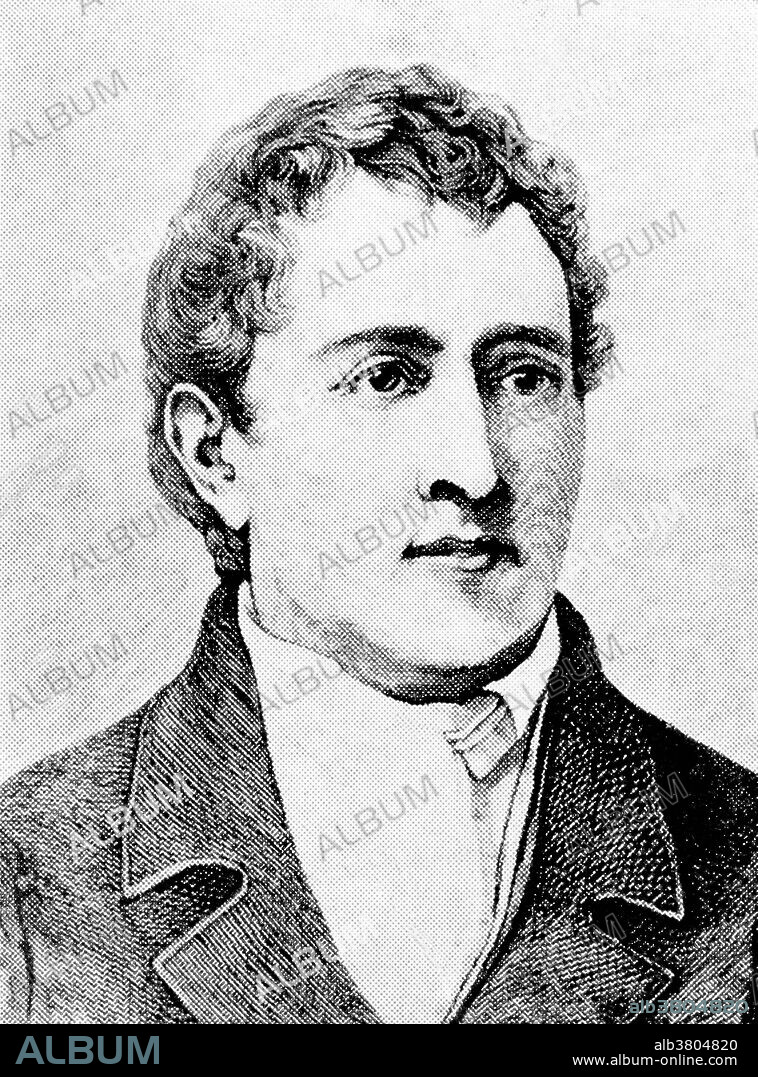alb3804820
Carl Wilhelm Scheele, Swedish Chemist

|
Añadir a otro lightbox |
|
Añadir a otro lightbox |



¿Ya tienes cuenta? Iniciar sesión
¿No tienes cuenta? Regístrate
Compra esta imagen.
Selecciona el uso:

Título:
Carl Wilhelm Scheele, Swedish Chemist
Descripción:
Ver traducción automática
Carl Wilhelm Scheele (December 9, 1742 - May 21, 1786) was a Swedish pharmaceutical chemist. He made a number of chemical discoveries before others who are generally given the credit. For example, Scheele discovered oxygen (although Joseph Priestley published his findings first), and identified molybdenum, tungsten, barium, hydrogen, and chlorine before Humphry Davy. Scheele discovered organic acids tartaric, oxalic, uric, lactic, and citric, as well as hydrofluoric, hydrocyanic, and arsenic acids. He discovered a process similar to pasteurization, along with a means of mass-producing phosphorus (1769), leading Sweden to become one of the world's leading producers of matches. He had a bad habit of sniffing and tasting any new substances he discovered. Cumulative exposure to arsenic, mercury, lead, their compounds, and perhaps hydrofluoric acid which he had discovered. He married the widow of his predecessor, Pohl, two days before he died, so that he could pass title to his pharmacy and his possessions to her. He died in 1786 at the age of 43.
Crédito:
Album / LOC/Science Source
Autorizaciones:
Modelo: No - Propiedad: No
¿Preguntas relacionadas con los derechos?
¿Preguntas relacionadas con los derechos?
Tamaño imagen:
3222 x 4350 px | 40.1 MB
Tamaño impresión:
27.3 x 36.8 cm | 10.7 x 14.5 in (300 dpi)
Palabras clave:
ARTE • BLANCO Y NEGRO • CIENCIA • DIBUJO • EUROPEA • EUROPEAS • EUROPEO • EUROPEOS • FAMOSA • FAMOSO • FARMACEUTICOS • FARMACIA • FIGURA • GENTE • HISTORIA • HISTORICO • HOMBRE • HOMBRES • ILUSTRACION • IMPORTANTE • MASCULINO • OBRA DE ARTE • PERSONA • PERSONALIDAD • PERSONALIDADES • PORTRAIT • QUIMICA • QUIMICO • RETRATO DE HOMBRE • RETRATO • S. XVIII • SIGLO XVIII • SUECO
 Pinterest
Pinterest Twitter
Twitter Facebook
Facebook Copiar enlace
Copiar enlace Email
Email
